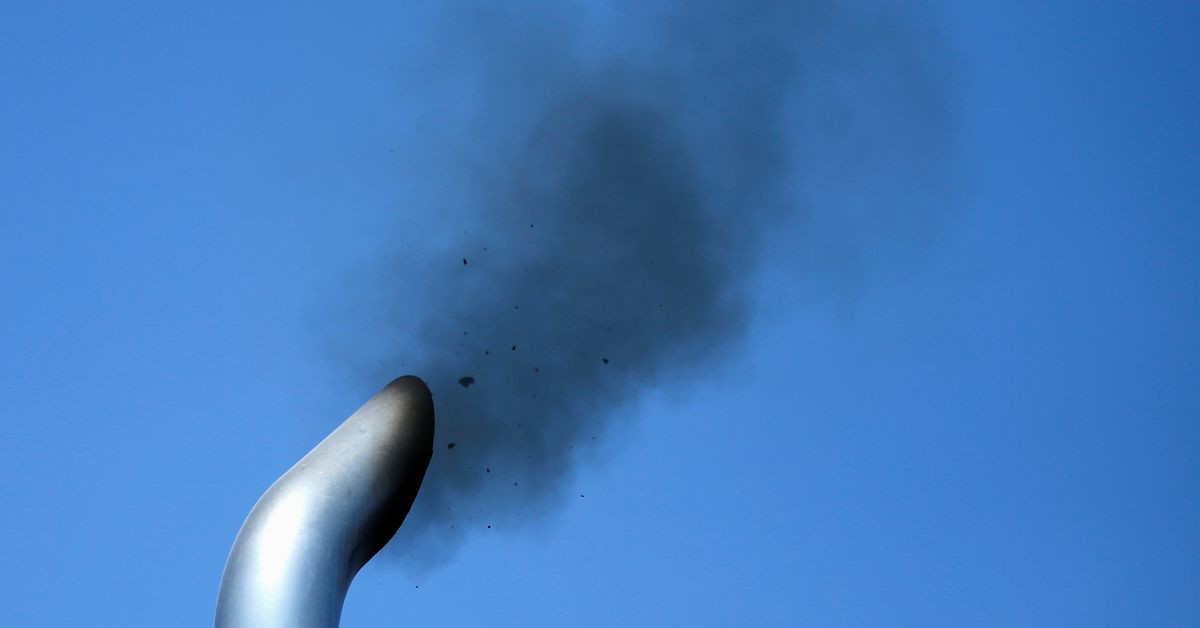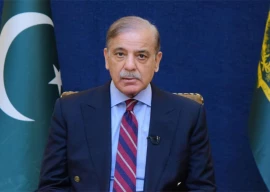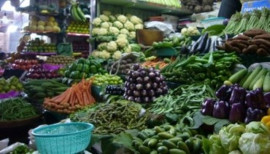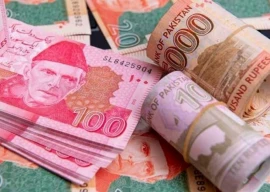
Last week, in the first part of this series, we took a broad view of the air pollution issue, especially in Punjab, where it occupies critical conditions every year.
In this space, we will specifically discuss the contribution of vehicles to the air pollution and discuss public policy issues in controlling the pollution.
Interestingly, one can interpret data in two opposite directions; the lenient view would be to say that 32% of the times (186 days per year), air pollution in Lahore has been within satisfactory limits; the other view and a rather harsh one would be that air pollution has been unsatisfactory 68% of the times.
Transport sector’s share in air pollution worldwide varies from 20% to 70% depending on countries, locations and social conditions. In Lahore, the transport sector’s share has been reported to be 40% of the total; within transport sector, 69% of the air pollution comes from motorcycles.
This is rather strange keeping in view the large population of heavier vehicles like cars, buses, trucks and other heavy vehicles.
Vehicle population in Lahore and generally in Punjab and the whole country has been increasing. In Lahore alone, vehicle population increased from 2.39 million in 2011 to 6.29 million in 2021, of which 4.8 million are motorcycles and the rest are other vehicles like cars, trucks, buses, etc.
According to traffic police and other sources, it has been reported that 40% of the vehicles create smog, which is a very large and alarming percentage. There is no justification for scepticism in these numbers keeping in view the ongoing smog situation.
It may appear on the surface that motorcycles may be producing much less pollution. The large number of motorcycles being a separate issue, the individual motorcycle produces more air pollution than a car, especially the newer cars.
Motorcycles for price and space reasons in the developing countries could not induct new pollution control technologies as motor cars have. As a result, motorcycles cause more emissions than cars.
Specifically speaking, motorcycles emit 13% more CO2, 36% more NOx and 335% more hydrocarbons. Numbers may have changed over the years to the detriment of motorcycles due to continuing technology changes and the induction of newer cars.
And the story of two-stroke motorcycle is even much more verse. Two-stroke motorcycle manufacturing has been banned in Pakistan and rightly so.
Pollution control guidelines
Following guidelines are adopted to control transport-based air pollution:
1, Early retiring of older vehicles through laws or incentives
2, Raising awareness of better vehicle maintenance
3, Prescribing and monitoring vehicle emission limits and laws and raising awareness thereof
4, Improving fuel quality (Euro 1-2 to Euro 5-6)
5, Converting to better fuels (CNG, 5-10% ethanol and electric vehicles)
6, Increasing railway traffic, especially freight
7, Promoting public transport and car pooling
8, Green town planning, dispersal of commercial zones and out-city industrial locations to prevent heavy traffic incursion inside the city
9, Establishing low pollution zones
Pakistan has implemented a few guidelines already. Import of Euro-5 petrol and diesel has been made mandatory. Only local refineries produce Euro-2 grade petrol and diesel.
Local refineries produce almost 50% of the total requirements. Old refineries are being upgraded to produce Euro-5 fuel and new clean-fuel refineries have been planned. For pollution-sensitive locations like Lahore and Faisalabad, imported fuel should be distributed only.
Electric vehicles policy
Motorcycles heavily populate Southeast Asia, which forms a major source of air pollution there. Apparently, motorcycles do not appear to be so pollution risky. These provide quick and less-space vehicles for individuals, friends and even families.
Even then, countries like Vietnam and others are planning to get rid of petrol motorcycles and introduce electrical bikes (100%) as early as 2030. Pakistan obviously cannot afford to do so due to poverty and lack of government finance and has adopted more modest targets.
In Pakistan, an EV policy has been introduced under which 30% of the locally produced motorbikes are to be EVs. Already, a number of EV motorbike manufacturing companies have been set up and many are applying for licences to do so.
Conversion of existing petrol bikes to EVs has also been initiated. It would, however, take time to have 100% EV bikes to ply the roads of pollution-sensitive areas.
Petrol bikes may be banned gradually and selectively initially from pollution-sensitive areas. Same applies for three wheelers.
Inspection and control (I&C) system
Almost all industrialised countries have introduced and established an I&C system. Even developing countries like India, Malaysia, Indonesia and others have done so.
It appears that Pakistan should also install some kind of I&C, may be initially voluntarily and free. I&C consist of the following steps:
1, Establishing emission limits for various types of vehicles
2, Establishing a legal regime to enforce the law; challans, etc
3, Installing vehicles emission inspection centres with the required hardware and software
4, Establishing emission inspection frequencies, variables and limits
5, Establishing emission database
6, Installing an audit mechanism for measuring performance of I&C centres
I&C equipment measures tail-pipe emissions by inserting a sensor in the exhaust pipe of vehicles and the data is analysed by an electronic analyser. Usually, two parameters are measured; CO2 and hydrocarbons.
I&C centres may be installed at petrol pumps in private and public sectors, operating on free or subsidised service rates. A token system and a database of emission-pass vehicles are to be maintained and also of the failed vehicles, which are given three months to get the vehicles repaired.
Initially, mobile drive-by emission inspection systems may be installed on roadsides with locations changing routinely. Under this system, gross violators may be identified. Also, an initial rapid survey may be conducted through it for designing a policy and the system.
We have noted that transport sector is the predominant source of air pollution out of which motorcycles have the largest share.
Pakistan is a poor country. Motorcycle demand would increase more than that of any other vehicles. It is, therefore, desirable that control policies give priority to motorcycles.
International technical assistance should be sought for installing a viable pollution monitoring regime, both for AQI and vehicle emissions. Monitoring along is not sufficient, corrective repair measures would also have to be introduced through public-private partnership. And finally EV is the ultimate solution, especially for motorcycles.
The writer is former member energy Planning Commission and author of several publications on energy
Published in The Express Tribune, October 23rd, 2023.
Like Business on Facebook, follow @TribuneBiz on Twitter to stay informed and join in the conversation.
























COMMENTS
Comments are moderated and generally will be posted if they are on-topic and not abusive.
For more information, please see our Comments FAQ